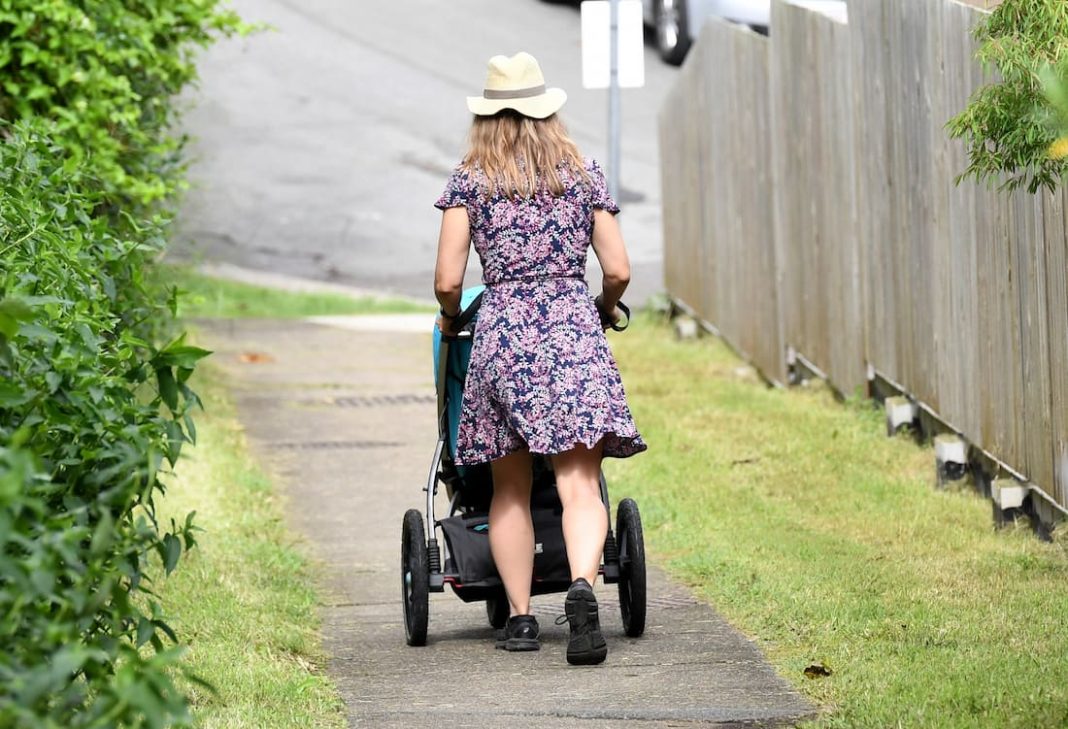Australia is in the grips of a “baby recession” attributed to rising cost-of-living pressures and economic uncertainty.
The number of births in Australia in 2023 dropped to 289,100 which was the lowest recorded since 2006, analysis from KPMG Australia showed.
The pandemic baby boom is over, with 26,000 fewer births last year compared to the spike in 2021 and an overall 4.6 per cent year-on-year decline.
KPMG urban economist Terry Rawnsley said economic uncertainty after the height of the pandemic and stretched household budgets in a cost-of-living crisis meant many families delayed having children or put off having more kids.
“We haven’t seen such a sharp drop in births in Australia since the period of economic stagflation in the 1970s, which coincided with the initial widespread adoption of the contraceptive pill,” he said.
Fertility rates were lowest in CBD and surrounding inner suburbs while the highest number of births in capital cities were often in greenfields areas, the analysis showed.
Sydney births fell 8.6 per cent from 2019 and Melbourne’s dropped by 7.3 per cent.
There was a six per cent decline in Perth, 4.3 per cent in Brisbane, 0.8 per cent in Adelaide an overall drop of 3.6 per cent in the Northern Territory.
However, there was no change in Canberra and Tasmania experienced a 2.1 per cent bump compared to 2019.
“Young families are being pushed to the edges of the city where there is cheaper housing that can accommodate their children,” Mr Rawnsley said.
The overall fertility rate has dropped in recent decades, falling from two babies per woman in 2008 to 1.6 in 2023.
Major regional hubs including Newcastle and Wollongong in NSW had a similar number in births in 2023 compared to 2019, which Mr Rawnsley said indicated sea and tree changes for younger Australians during the pandemic had ended.
Geelong in Victoria’s southwest was a notable exception as there was an 11 per cent jump in births over that period, but a drop of more than six per cent drop compared to 2022.



